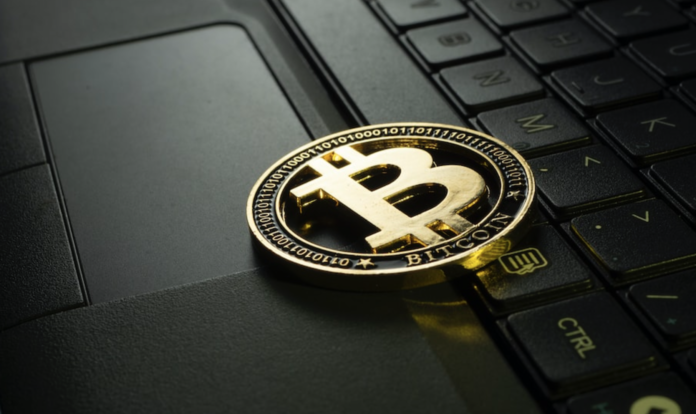As blockchain technologies and cryptocurrencies mature and develop further, they are finding their way into more diverse parts of our lives. They’re also being adopted by more and more people, including those who may be less technically-minded than an early adopter of Bitcoin and other tokens.
In many respects, this is great. Wider adoption of cryptocurrencies and other implementations of blockchain technology help to further legitimize them, provide more stability, and help increase their acceptance even further.
However, this widespread adoption makes these same technologies more attractive to scammers and criminals. On top of that, the higher prices of many tokens also mean that any successful theft is even more lucrative for the perpetrators.
Unfortunately, cryptocurrency security breaches are not new, but we have seen a big increase in their frequency over the last few years. Some notable examples of this include the Kolkata Incident and how cryptocurrency mining software was injected into the installation of Zoom.
While such incidents may be on the rise, there are things that you can do to protect yourself and your crypto portfolio.
Follow Password and Account Security Best Practice
Whether you hold cryptocurrencies or not, you should be following best practice when it comes to account security. This includes setting secure passwords that are long and unguessable and never using the same one for multiple accounts.
In the UK, the National Cyber Security Centre recommends that people use “three random words” when creating a password rather than the more traditional approach of creating a random alphanumeric string of letters, numbers, and symbols.
Of course, having long and unique passwords for everything creates quite a challenge, so it is best to use a secure password manager to protect everything.
On top of that, it is becoming increasingly important to use multi-factor authentication whenever it is available. There are several different implementations of this technology; for example, PokerStars uses the RSA Security Token to protect user accounts while Google offers several MFA options, including Google Prompts, authenticator apps, and security keys.
Most leading crypto exchanges have MFA as an option or may even enforce it as necessary. Whenever it is available, you should turn it on and remember that you must never give these codes to anyone.
Keep Crypto in Cold Storage
While the security levels of many crypto exchanges have increased significantly in recent years, we could still see a repeat of incidents like Mt. Gox again. If you were to hold your portfolio with an exchange that gets breached, you could very easily lose it all.
For this reason, you may want to consider moving some or all of your holdings off the exchange into a wallet that you have full control of.
When you do this, there are two options – hot storage and cold storage. Hot storage is when you store your cryptocurrency in a wallet that is contained on a device that’s connected to the internet. It’s more convenient because it’s easier to trade with this type of storage, however it comes with the increased risk of security breaches.

Instead, you may want to keep the bulk of your portfolio in cold storage. There are a few different options for this, including special USB devices, paper wallets, or even physical coins. In all scenarios, they are not connected to the web, meaning they can’t be hacked.
However, they do require more work to transact with, though that is a trade-off you probably want to make.
Keep a Backup
Remember the story of the guy who lost millions of dollars worth of Bitcoins after he threw out a laptop? His expensive mistake is something we can all learn a valuable lesson from.
Had he kept a backup of his wallet, then this disaster would have been averted.
It’s not just accidental disposals that backups can protect you from. If you lose a cold wallet, you lose your cryptocurrencies, so a backup can ensure you retain access in the event of a fire, flood, or theft.
Of course, the backup shouldn’t be kept close to the original and it should be protected in the same way you protect the original copy.





